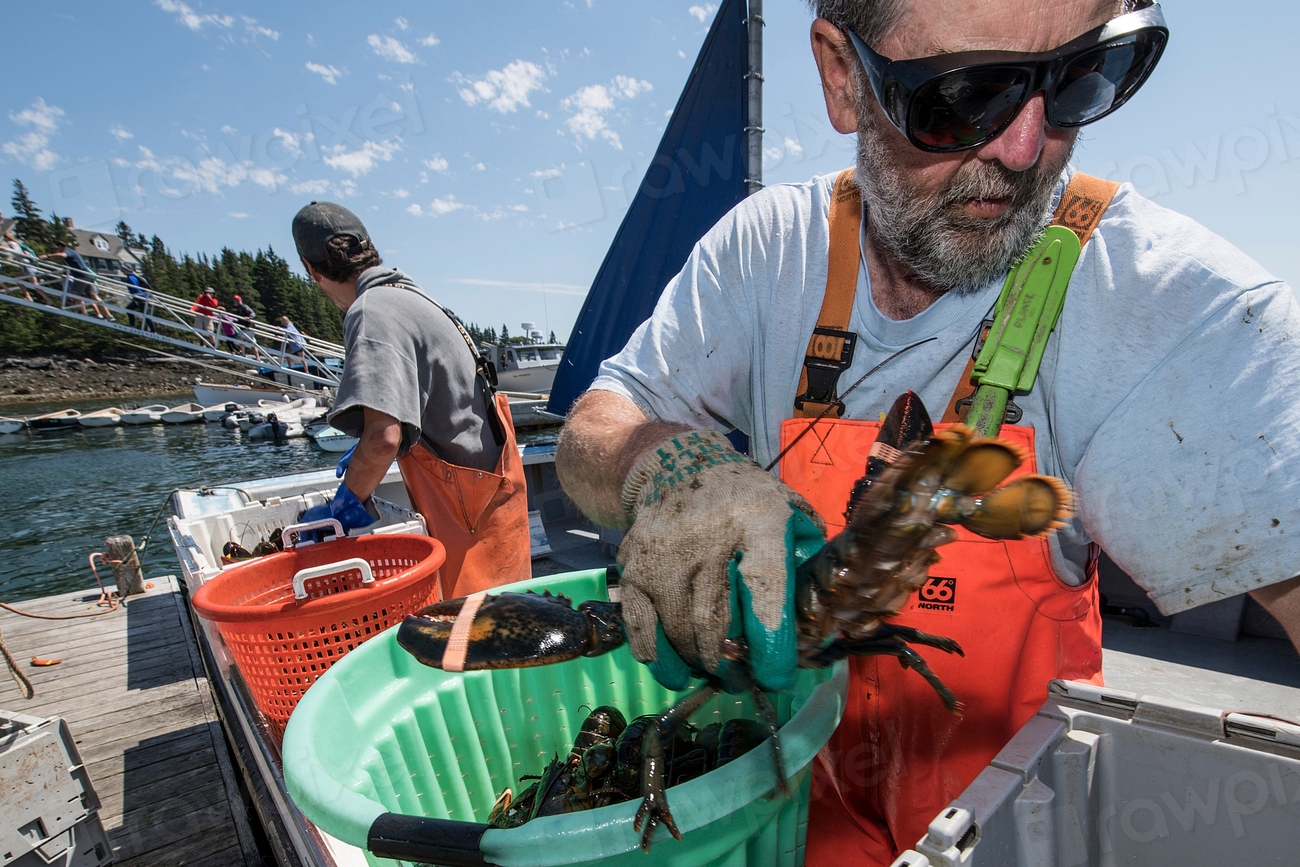Maine, known for its rugged coastlines and charming lighthouses, offers more than just scenic beauty. Its economy is a tapestry of unique industries and cultural influences. Let’s delve into the top 10 fascinating economic insights of this northeastern gem.
1. The Lobster Industry: A Culinary Goldmine
Maine’s lobster industry is not just a local delicacy; it is a major economic pillar. With over 100 million pounds of lobster harvested annually, this industry is a significant contributor to Maine’s economy. The state holds the title of the largest lobster producer in the United States. This industry is not just about catching lobsters; it involves a complex supply chain that includes fishing, processing, and distribution. The industry provides employment to thousands, from fishermen to restaurant workers, ensuring that the economic benefits are widespread. This makes Maine’s lobster not just a culinary delight but also an economic powerhouse.
2. Forest Products: More Than Just Paper
Maine’s vast forests cover 89% of the state’s land area, making forestry a key economic sector. While paper production remains significant, the industry has diversified into other areas like biofuels and wood-based textiles. This diversification has allowed the forestry sector to remain resilient amidst global economic changes. The industry supports a wide range of jobs, from logging to manufacturing, contributing billions to the state’s economy. The forests of Maine are more than just trees; they are the backbone of a thriving economic ecosystem.
3. The Tourism Boom: Nature’s Economic Gift
Tourism is another vital facet of Maine’s economy, attracting millions of visitors each year. From Acadia National Park to the quaint coastal towns, Maine offers a myriad of attractions. This influx of tourists generates billions in revenue, supporting local businesses and creating jobs. The tourism industry is not just about sightseeing; it encompasses a wide range of services, including hospitality, retail, and transportation. The natural beauty of Maine is not just a visual treat; it is a significant economic driver.
4. Agriculture: A Diverse Landscape
Maine’s agriculture is as diverse as its landscape. Known for its blueberries and potatoes, the state also produces apples, dairy, and maple syrup. The agricultural sector employs thousands and contributes significantly to the state’s GDP. Farmers in Maine have adopted sustainable practices, ensuring the long-term viability of the industry. The diversity of Maine’s agriculture is a testament to the state’s adaptability and innovation. The fields and farms of Maine are not just sources of food; they are vital components of the state’s economy.
5. Renewable Energy: Harnessing Nature’s Power
Maine is a leader in renewable energy, thanks to its abundant natural resources. The state harnesses wind, solar, and hydropower, contributing to a cleaner energy future. The renewable energy sector has attracted significant investments, creating jobs and stimulating economic growth. Maine’s commitment to renewable energy is not just an environmental initiative; it is an economic strategy. By investing in sustainable energy sources, Maine is paving the way for a more resilient and diversified economy.
6. The Craft Beer Revolution: Brewing Economic Success
The craft beer industry in Maine has witnessed exponential growth, becoming a key player in the state’s economy. With over 150 breweries, Maine is a hotspot for beer enthusiasts. This industry not only generates revenue but also promotes tourism and local agriculture. The craft beer scene has created a community of entrepreneurs and innovators, contributing to the state’s vibrant cultural landscape. The success of Maine’s craft beer industry is a testament to the state’s entrepreneurial spirit and creativity.
7. The Rise of Tech Startups: Innovation in the Pine Tree State
Maine is not just about traditional industries; it is also a burgeoning hub for tech startups. The state offers a supportive ecosystem for entrepreneurs, with incubators and accelerators fostering innovation. Tech startups in Maine are diverse, ranging from biotechnology to software development. This sector has the potential to transform Maine’s economy, creating high-paying jobs and attracting talent. The rise of tech startups is a sign of Maine’s adaptability and forward-thinking approach.
8. Fisheries Beyond Lobster: A Marine Economy
While lobster is the star of Maine’s fisheries, the state also boasts a diverse marine economy. From scallops to clams, Maine’s waters are rich in marine resources. The fisheries industry supports thousands of jobs and contributes significantly to the state’s economy. Sustainable fishing practices ensure the long-term viability of this vital sector. Maine’s marine economy is not just about seafood; it is a testament to the state’s rich maritime heritage.
9. Education and Research: A Foundation for Economic Growth
Maine’s educational institutions play a crucial role in the state’s economic development. Universities and research centers foster innovation and provide a skilled workforce. Research in fields like marine sciences and renewable energy has attracted significant funding and investment. Education is not just about knowledge; it is a cornerstone of Maine’s economic strategy. By investing in education and research, Maine is building a foundation for sustainable economic growth.
10. The Real Estate Market: A Barometer of Economic Health
Maine’s real estate market is a reflection of the state’s economic health. The market has seen steady growth, driven by demand for residential and commercial properties. Real estate development creates jobs and stimulates other sectors like construction and retail. The real estate market is not just about buying and selling properties; it is an indicator of Maine’s economic vitality. The steady growth of Maine’s real estate market is a sign of confidence in the state’s economic future.


